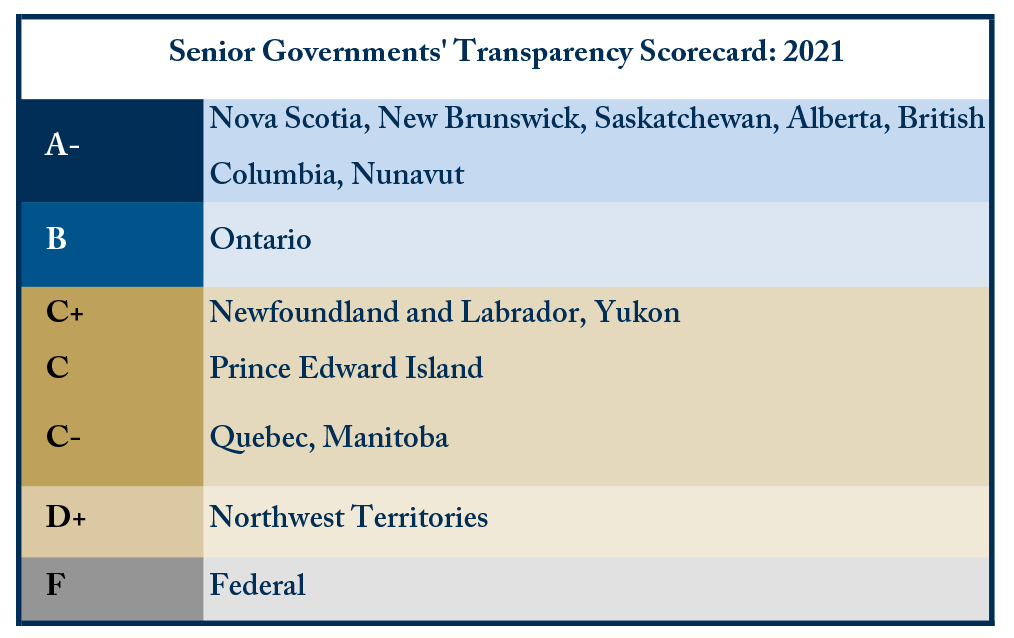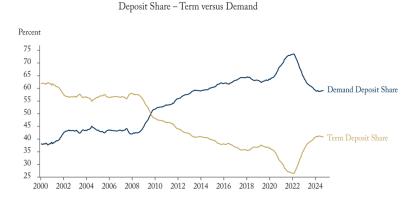Canadians entrust their governments with large amounts of money. Ideally, it should be easy for motivated non-experts to verify whether their governments are deserving of that trust via timely and transparent financial reporting and fiscal accountability. Unfortunately, too many governments present information that is opaque, misleading, and late.
The C.D. Howe Institute’s annual report card on fiscal transparency focuses on three tools citizens and taxpayers can use to hold their governments accountable: (i) the budgets governments should present around the start of the fiscal year, (ii) the estimates legislatures vote on to approve specific programs, and (iii) the audited financial statements governments present in their public accounts after year-end.
Looking at year-end financial statements for fiscal year 2019/20 and budgets and estimates for 2020/21, Nova Scotia, New Brunswick, Saskatchewan, Alberta, British Columbia and Nunavut topped the class with grades of A-. Ontario earned a B. In the C range were Newfoundland and Labrador, and Yukon (C+), Prince Edward Island (C), and Manitoba and Quebec (C-). The Northwest Territories earned a D+.
The federal government earned an F, mainly for failing to produce a budget for 2020/2021. While the pandemic made economic and fiscal projections unusually challenging, making the fiscal cycle contingent on circumstances is problematic. Other governments rose to that challenge.
Canada’s governments can do better, and Canadians need to demand it.
To learn more, read “Good, Bad, and Incomplete: Grading the Fiscal Transparency of Canada’s Senior Governments, 2021”, by William B.P. Robson and Miles Wu.





